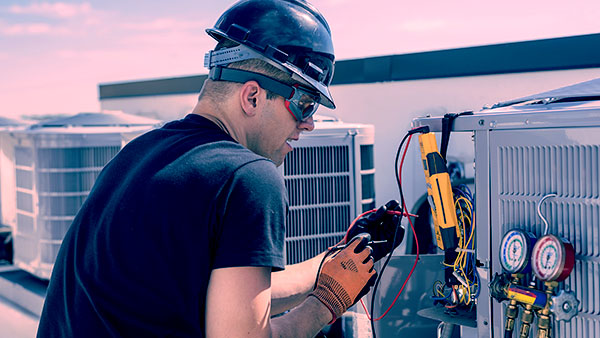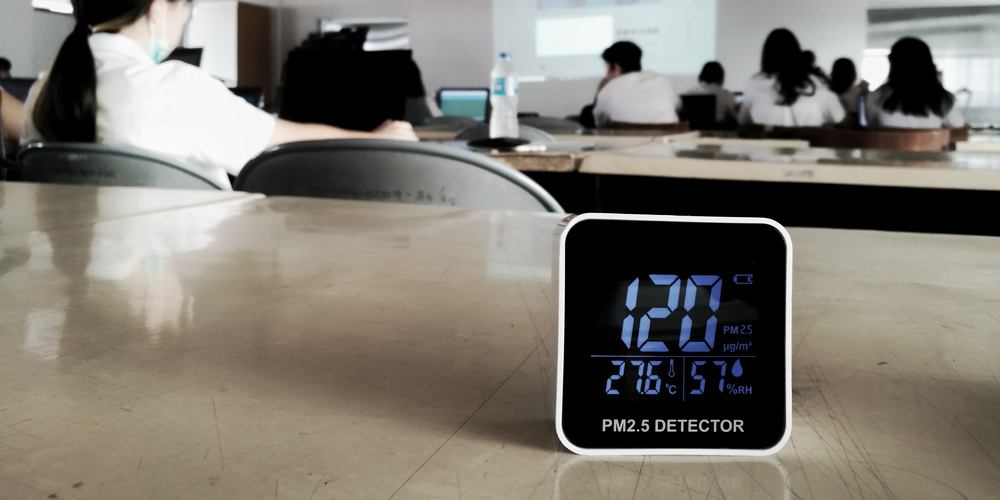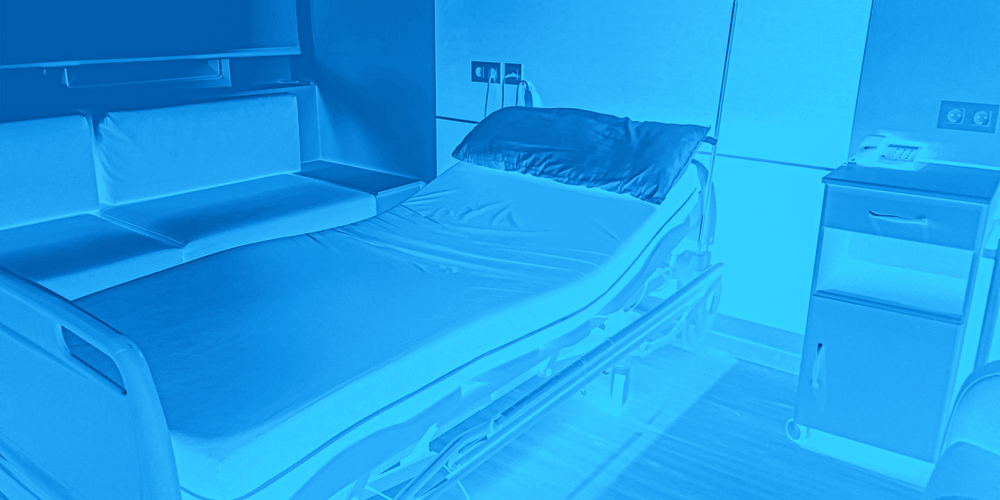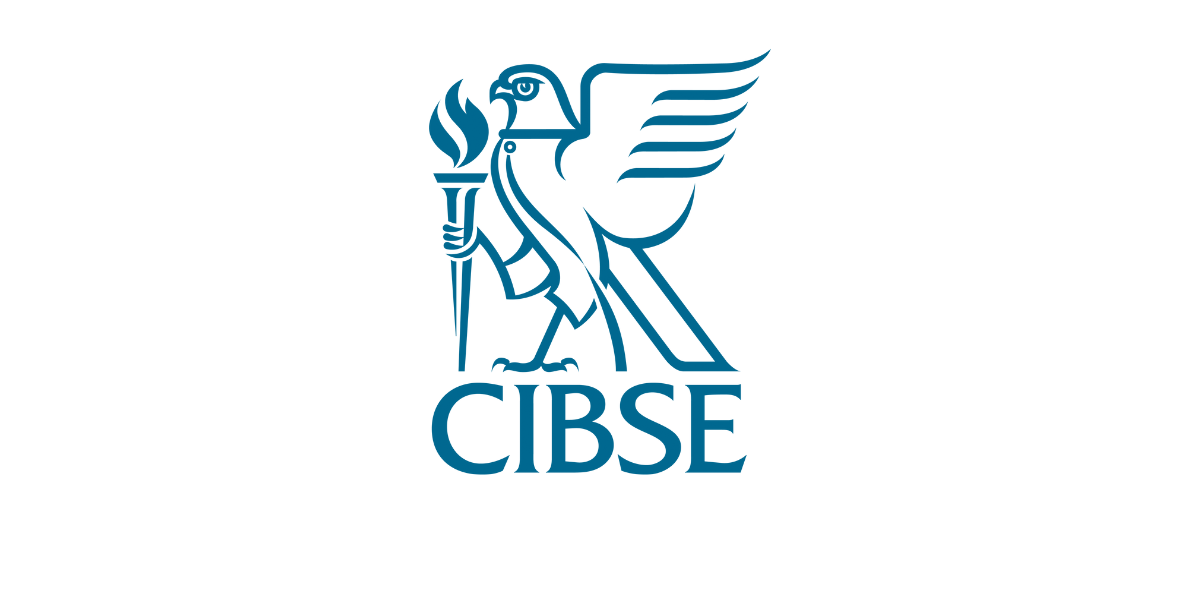How Bipolar Ionisation Works
Air ionisation is a natural process that has been studied for well over 100 years. For even longer, medical professionals have understood that sea and mountain air is good for our health and wellbeing.
The reason? Ionisation occurs wherever there is crashing water (Niagara Falls has some of the highest concentrations of ions in the world), sunlight, wind friction and lightning, reducing contaminants in the air.
What we call “bipolar ionisation” is the artificial recreation of these natural air ionisation events. Devices can be placed indoors to disperse ions that react with, break down or render inert, harmful VOCs, particulate matter and pathogens like Covid-19.
This article will explain the ionisation process, and help you understand why bipolar ionisation is an effective air cleaning solution. To get deeper into the science, we recommend downloading the whitepaper Applications of Air Ionization for Control of VOCs and PMx.
What is ionisation?
Ionisation is essentially a transfer of energy that adds an electric charge to the air. A bipolar ionisation system simply replicates the process with a device that creates the electrical charge.
This charge takes the form of either an extra electron (for a positive charge) or a missing electron (for a negative charge) in gas molecules like nitrogen, hydrogen or oxygen. Bipolar ionisation is called so because it produces both positive and negative ions.
These electrons, or the lack of them, make the ions unstable and very reactive to other molecules that they collide with, as well as to each other.
As the negative oxygen ions, also known as “anions”, and positive nitrogen or hydrogen ions are dispersed into the air, they continually react with other molecules and convert both themselves and the other molecule into carbon dioxide and water.
Ions are harmless to humans, we produce our own just through the reactions in our body – about 10kg of them per year.
That’s the general process, but bipolar ionisation can remove all sorts of contaminants from the air. Specifically, VOCs, bacteria, viruses and particulate matter (PMx).
Hard ionisation vs soft ionisation
Commercially available bipolar ioniser systems typically fall into two categories, hard ionisation or soft ionisation.
Hard Ionisation
Definition: In hard ionisation, a significant amount of energy is applied to the air, resulting in the ejection of one or more electrons from the molecule. This process leads to the formation of highly energetic and often fragmentary ions.
Soft Ionisation
Definition: Soft ionisation involves imparting less energy to the molecule, resulting in the formation of ions without extensive fragmentation. This technique creates intact molecular ions.
Bipolar ionisation for VOCs
In commercial buildings, such as offices, VOCs can come from several sources, mostly from unfiltered outdoor pollution, building materials like glue and cleaning products such as floor wax.
Oxygen ions react with VOC molecules, breaking them down and removing them from the air.
This video shows you how quickly bipolar ionisation can remove cigarette smoke (which is made up of 400 VOCs!). In the real world, we would advise using a device that has the capacity to create enough ions to fill the space you want cleaned.
Bipolar ionisation for PMx
You may already use particle filters to protect against particulate matter in your building. Bipolar ionisation enhances their effectiveness by binding to particles, causing them to cluster and become larger, making them easier to be caught by lower gradefilters.
In this case, locating your ionisation device close to the source of air intake can help prevent ultrafine PMx coming into your building. If PMx is coming inside another way, say through open windows, ionised air can cause particles to cluster, become heavier and drop out of the air entirely.
Bipolar ionisation for Covid-19 and other pathogens
In 2021 we realised that Covid-19 is transmitted primarily through the air rather than on surfaces, making it vulnerable to air cleaning solutions like ionisation.
When ions come into contact with the virus, they surround surface proteins (the “spikes”) and change into highly reactive radicals, overloading them and destroying the surface structure. The virus becomes inactive, unable to cause infection, even if it enters the body.
Bipolar ionisation works against all kinds of pathogens, such as bacteria, other viruses, mould spores, house dust, mites and pollen. Ions cause them to cluster together, become larger, and fall out of the breathing zone.
People with allergies will feel much more comfortable in a space with ionised air.
To read up on guidance from the British Council for Offices (BCO) on best practice for combining air-cleaning technology with ventilation, have a read of their whitepaper, Thoughts on ventilation design and operation post Covid-19.
How effective is bipolar ionisation?
How well your bipolar ionisation solution cleans the air depends entirely on two things. The distribution of air and the concentration of ions you are able to create in your space.
Ions rely on air flow to move them. If there is limited air distribution, they will not be able to reach unwanted contaminants to react with them. If the concentration of pollutants is high, you will need to create enough ions to deal with them.
So if you are finding bipolar ionisation solution is not working as expected, we advise checking your ventilation, and making sure you have a sufficiently sized device, in the right place. Remember, bipolar ionisation is not a substitute for ventilation. It is an enhancement.
While bipolar ionisation has been used effectively for improving general indoor air quality for decades, during the covid pandemic, interest grew in its ability to inactivate viruses.
Initial small chamber testing confirmed its efficacy, but the technology's real-world application was questioned. Full room-sized laboratory testing has since been carried out achieving similarly impressive results. In 2022 Innovative Bioanalysis tested Plasma Air units that are UL2998 validated for zero ozone emissions for their effectiveness against airborne Covid-19 Omicron virus. After 30 minutes, the pathogen was reduced by 62.4% and after 90 minutes, it was reduced by 99.995%.
BPI products and solutions
There are several bipolar ionisation products and solutions available, depending on your HVAC system setup and the size of space to be cleaned.
Take a look at our products and solutions page to see which devices we recommend for AHU, FCU and branch duct-located air cleaning.




